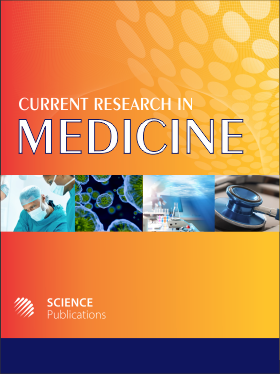Physical Therapy Improved Hand Function in a Patient with Traumatic Peripheral Lesion: A Case Study
- 1 Augusto Motta University Centre (UNISUAM), Brazil
- 2 Federal University of Rio de Janeiro (UFRJ), Brazil
- 3 Federal University of Sao Paulo (UNIFESP), Brazil
- 4 Federal University of Ouro Preto (UFOP), Brazil
- 5 Federal University of Piaui (UFPI), Brazil
Abstract
Problem statement: Nerves are frequently injured by traumatic lesions, such as crushing, compression (entrapment), stretching, partial and total extraction, resulting in damages to the transmission of nerve impulses and to the reduction or loss of sensitivity, to the motility and to the reflexes of the innervated area. The objective of this study was to evaluate the results of a rehabilitation program that lasted three months in the process of traumatic injury recovery of the median and ulnar nerves in a 52 year-old patient. Approach: The patient underwent an evaluation of the muscle strength and the functional capacity before and after three months of rehabilitation treatment, consisting of movements and specific techniques of Proprioceptive Neuromuscular Facilitation (PNF), which lasted approximately 50-60 min per session and with a frequency of three weekly visits. She also performed stretching, neural mobilization maneuvers, ultrasound and laser. Results: The physical therapy approach proposed, in the present case, minimized the injury impact and facilitated the gradual return of patients to basic and instrumental activities of daily living. It was possible to observe improvement on the functional abilities and the muscle strength after the end of the protocol. Conclusion: The morphological and functional recovery after a nerve injury is rarely complete and perfect, as it was in this case. However, a proper clinical management, combined with a rehabilitation protocol can minimize the deficiencies and facilitate the return of patients to their daily activities.
DOI: https://doi.org/10.3844/amjsp.2012.161.168

- 4,466 Views
- 3,834 Downloads
- 1 Citations
Download
Keywords
- Proprioceptive Neuromuscular Facilitation (PNF)
- rehabilitation
- traumatic peripheral lesion
- instrumental activities
- muscle strength
- mobilization maneuvers
- performed stretching
